Our home learning has been a lot of fun recently. My 9 year old loves science so we’ve been trying all those home science experiments we’ve wanted to try but never had the time. After the success of our winter Candy Cane experiment my daughter suggested we try it again with Love Hearts. We love those cute little Love Hearts, especially the emoji ones! I thought they would be easy to find but they weren’t – so I ended up buying a huge box of them! Love Hearts have been around for years and I’m sure everyone remembers looking for the right message to given their sister/mum/best mate. My children love them too and they are perfect for a little Valentines science.
Our dissolving Love Hearts Valentine science needs very little to set it up but is a fun STEM challenge to do at home. Love Hearts melt on your tongue but what is in them? You probably don’t want to know all the ingredients (thankfully printed on the paper sleeve) but you can guess that they will cause a fun reaction with some household ingredients. I challenged my children to set up a Valentines experiment to see how quickly they could dissolve them.
Dissolving Love Hearts Valentine science equipment:
Plastic cups
Love Hearts
Kitchen ingredients – water, milk, lemon juice, coke, vinegar, olive oil, vegetable oil
Timer
Stirrer
Dissolving Love Hearts Valentine science instructions:
My daughter set up 6 empty cups on the table and unwrapped a tube of Love Heart sweets. She had already written a little list of the things she needed and gathered all the liquids she wanted to use – tap water, milk, lemon juice, coke, vinegar, olive oil, vegetable oil and sparkling water. She decided on 6 of these and her brother set up the same experiment with slightly different ingredients.
When they had poured the same amount of liquid into each cup, they were ready.
They dropped a Love Heart sweet into each cup and set a timer.
We wrote a table for our results (recording the liquid and the time it took to dissolve) and watched to see which liquid had the best reaction with the Love Heart sweet.
We were expecting pretty instant results and were slightly disappointed! The reaction of the Love Hearts in each liquid was very slow and they took a while to dissolve.
Make sure you decide how your experiment will end. We decided it would be when the sweets had mainly dissolved and fallen apart. We used a wooden stirrer to gently stir each cup to see the state of the Love Heart sweet.
Both children made predictions and were largely correct. The Love Heart sweets dissolved quicker in vinegar and coke, and slower in milk and water. What surprised us was that the sweets took so long, the experiment took nearly 90 minutes from start to finish.
You may be interested in our other science experiments for kids:
Grow your own salt water crystals
Skittles vs Smarties experiment
How to dye white flowers with food colouring

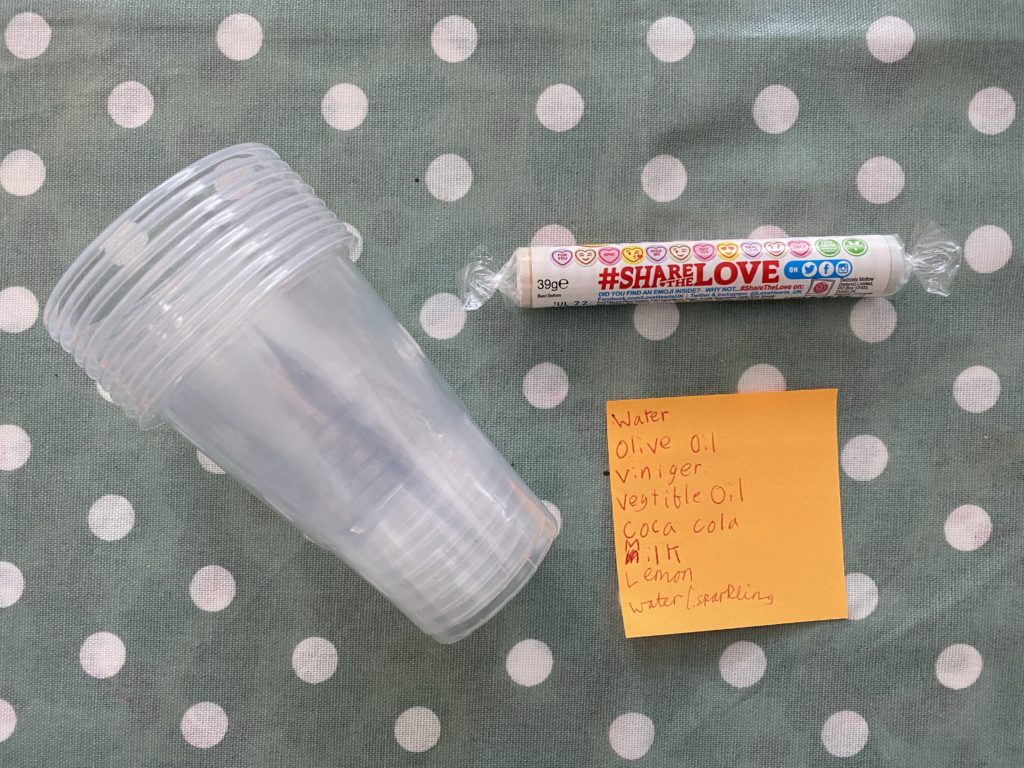

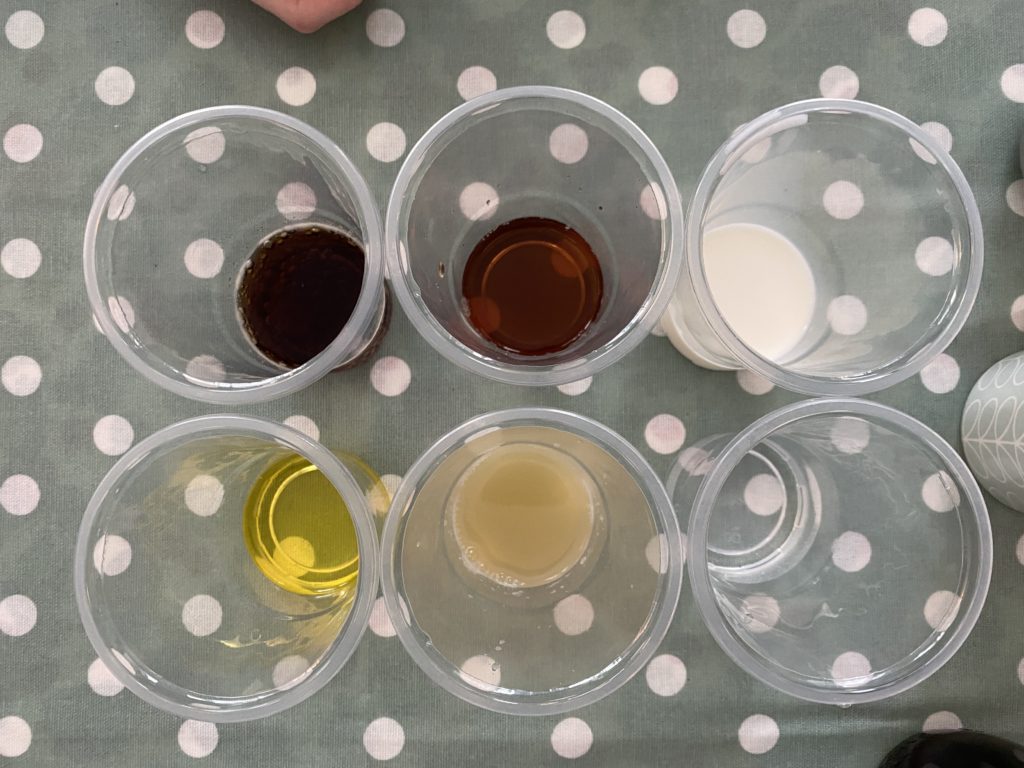
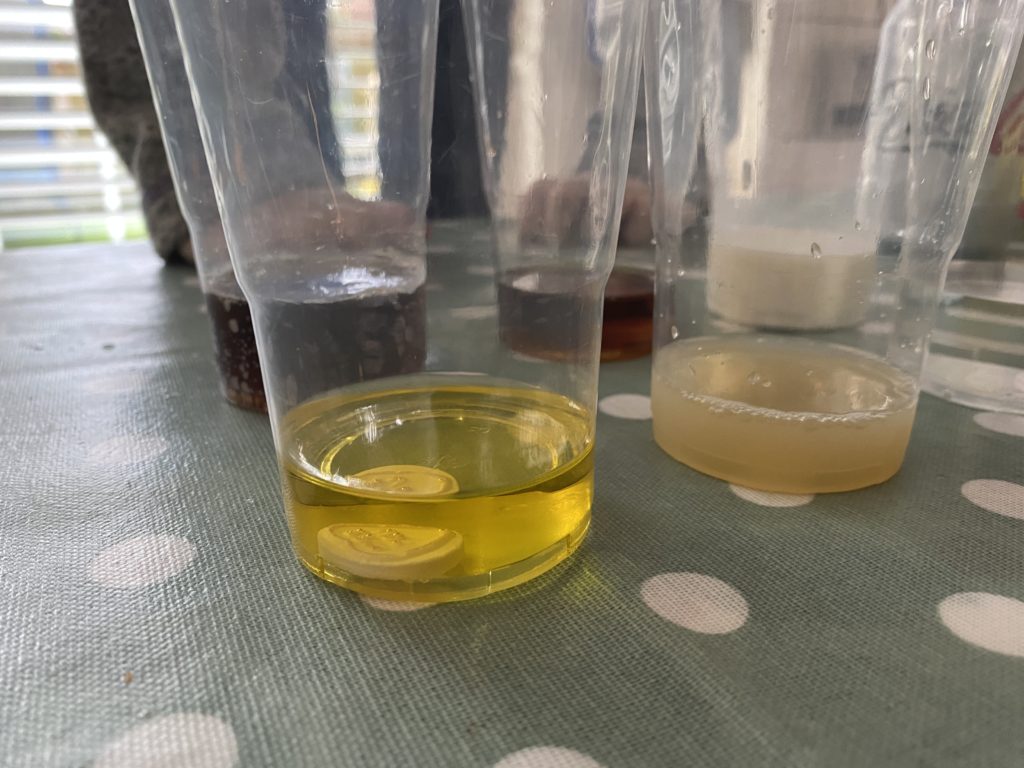





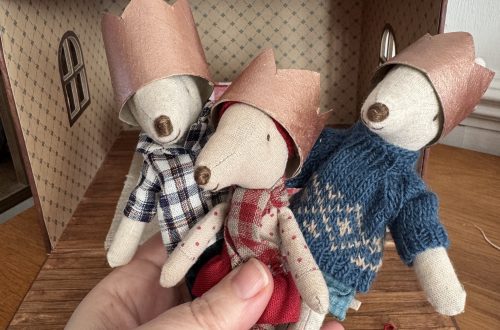
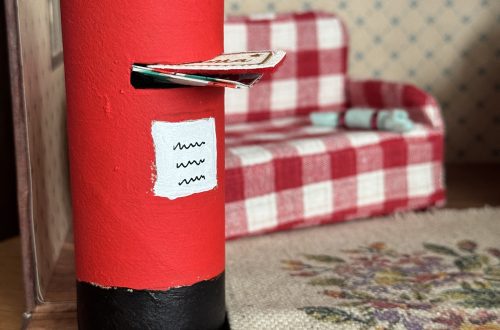
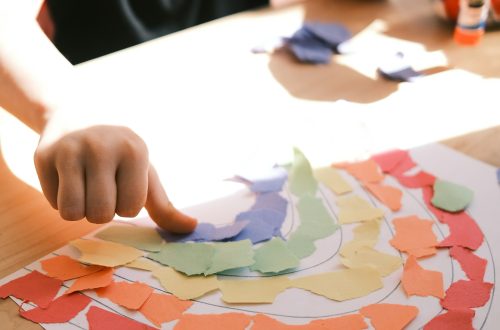
A great experiment though does make you wonder what is in them that took so long to dissolve…. YIKES!
Sounds good! I imagine because they’re quite compact it takes longer to dissolve.
You could get the girls to predict what happens with crushed / broken up love hearts vs. whole ones as a follow up experiment!